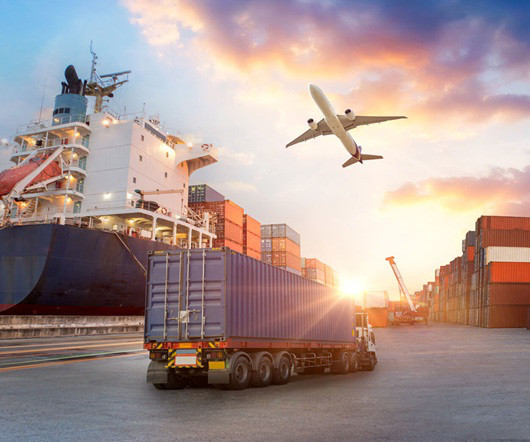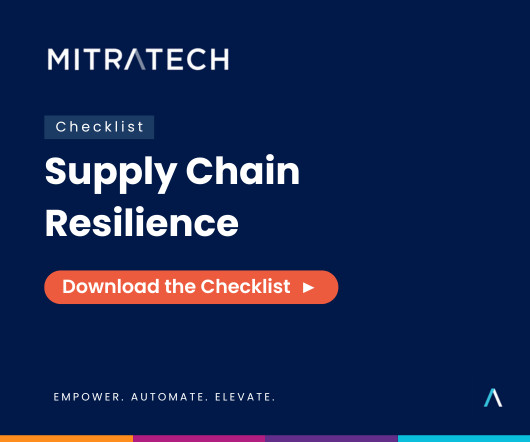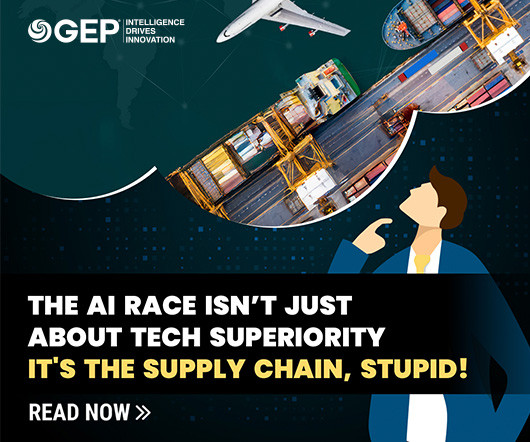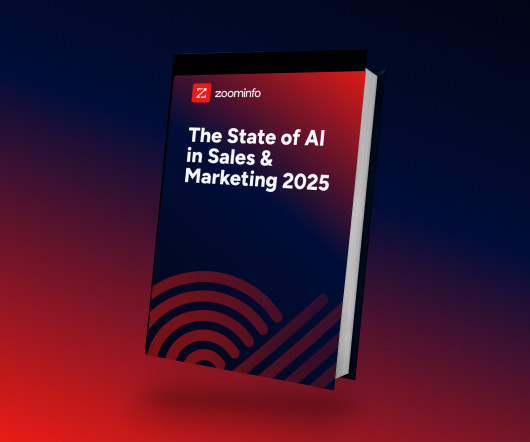An executive’s guide to AI in supply chain management
Kinaxis
MARCH 27, 2018
by Alexa Cheater Faster, smarter, more profitable supply chain decisions. Transitioning from hype to reality, artificial intelligence (AI) is gaining momentum across industries thanks to an explosion in computing power and storage, the emergence of IoT (Internet of Things) and big data, and algorithmic advances. While there have been numerous examples of how AI can boost profits in supply chain execution—most notably in the form of autonomous vehicles and smart robotics—the benefits related to s








































Let's personalize your content